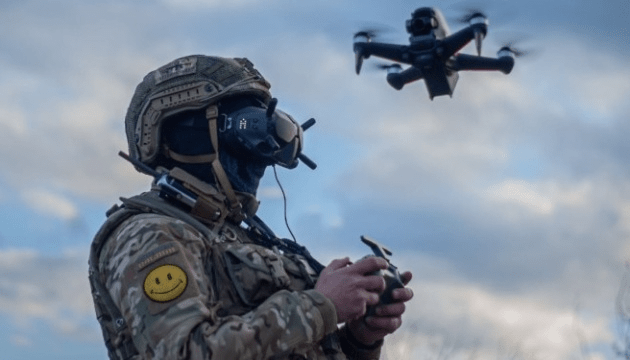Yesterday, the President announced that the state does not have enough money to produce long-range drones. This is not surprising, as during wartime, the state lacks funds for everything. The economy is struggling, and there is a shortage of money in the state treasury. Therefore, it is crucial to manage this limited resource effectively.
Firstly, we cannot expect any investments in this situation. Investors enter a business to make a profit, and no one will invest in the production of disposable drones if the state cannot pay for them. It is also unlikely that anyone would invest in developing Ukraine’s drone production base, hoping to make profits by selling drones to other countries after the war. We do not know when the “post-war” period will be, and the production facilities could be destroyed by the enemy at any time, rendering all investments useless.
Therefore, we must rely on our own resources and funds to obtain more long-range drones. To do this, we need to reduce their cost. The best way to achieve this is through mass production of one, two, or at most three drone models across multiple enterprises under license. This will decrease the cost of components through bulk purchases, reduce the price of Ukrainian components, and lower costs for labor, administrative expenses, and other factors.
For example, during World War II, the cost of the German V-1 flying bomb decreased from 10,000 Reichsmarks to 3,500 Reichsmarks in just one year due to mass production of over 20,000 units. The most produced transport ship of the war, the Liberty ship, initially cost $1.5 million, but by the end of the war, its production cost dropped to $700,000. This shows that prices can decrease by half or even a third through large-scale production.
This reduction is achieved through decreased costs for imported components and materials (by about 25%), as well as reductions in office and administrative costs (probably also by 25%). The biggest price reduction can come from mass production itself. Currently, drone manufacturers (not just long-range ones) have to include not only a 25% profit margin in the price but also cover production maintenance, developer team costs, office expenses, and downtime costs because the state places orders irregularly and for limited numbers of drones.
Where else can we find ways to reduce the cost of drones? In the minds of our high-ranking officials. Just like ordinary citizens, our high-ranking officials, with few exceptions, have limited knowledge of drones and their tactical use. This leads to costly and unfortunate mistakes. Many believe that a “good” long-range drone must carry a substantial payload (at least 50 kg, not to mention smaller ones) over a great distance. However, this is not always necessary, and it can significantly increase the cost of the drone. Therefore, it is essential to educate our officials and make informed decisions when it comes to drone production.
In conclusion, to obtain more long-range drones, we need to reduce their cost. This can be achieved through mass production, which will decrease the cost of components, labor, and administrative expenses. We also need to educate our high-ranking officials to make informed decisions and avoid costly mistakes. By effectively managing our limited resources and reducing costs, we can increase the production of long-range drones and strengthen our defense capabilities.
Read More @ ukrainefrontlines.com













